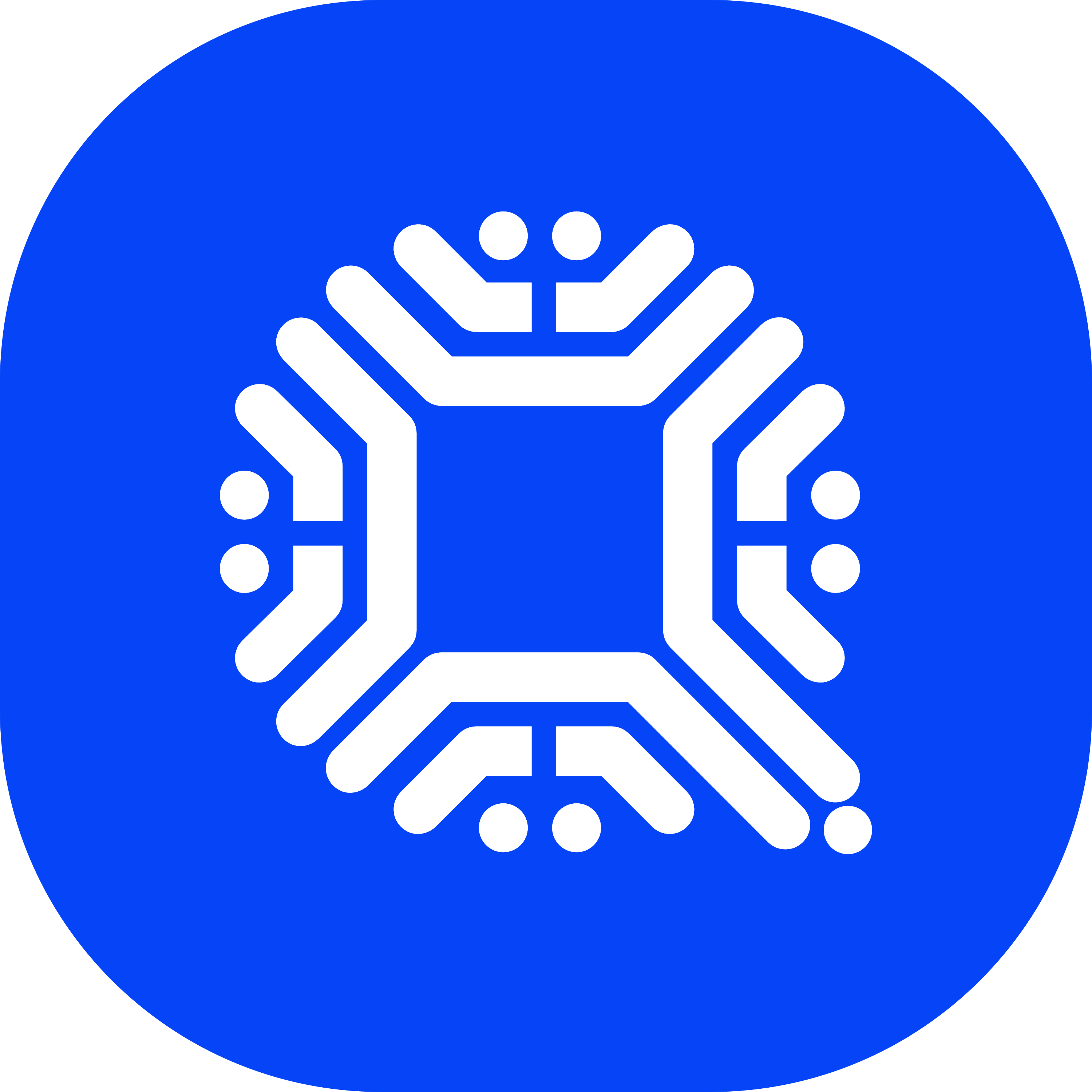







































Binance Labs New Investment: What is Kernel?
 VALU
VALU
 HTX
HTX
 UNIFY
UNIFY
 KERN
KERN
 BNB
BNB
Binance Labs, the venture arm of Binance, invested in Kernel, a restaking infrastructure designed to enhance security, scalability, and utility for the BNB Chain.
This funding seeks to boost restaking capabilities on the BNBChain, paving the way for new opportunities in decentralized applications (dApps), middleware, and the broader crypto ecosystem.
Kernel has raised a total of $10 million across multiple funding rounds, backed by major investors including SCB Limited, Laser Digital, Bankless Ventures, Draper Dragon, and HTX Ventures, alongside Binance Labs.
What Is Kernel?
Kernel is a restaking infrastructure platform that aims to maximize the security and utility of staked assets. Restaking allows users to redeploy their staked assets, creating a shared security model that supports a wide range of applications, middleware, and services.
By utilizing BNB Liquid Staking Tokens (LSTs) and restaked BNB as economic security, Kernel supports the following key areas:
Enhanced Security: Strengthening the foundation of the BNB Chain through a shared security model.
Improved Utility: Allowing staked assets to be redeployed for additional use cases across DeFi and other applications.
Developer Enablement: Lowering barriers for developers by providing a robust and scalable framework for building innovative applications.
Kernel’s impact extends to over 20 decentralized applications (dApps), including Mira, a decentralized AI coprocessor, and Electron, a ZK-proof aggregation protocol.
The protocol seeks to address the growing demand for enhanced security and utility by offering a platform that leverages staked assets as economic security. While restaking has gained momentum within the Ethereum network, Kernel aims to expand its scope to other Layer 1 blockchains, beginning with the BNB Chain.
Alex Odagiu, Investment Director at Binance Labs, stated:
“Kernel exemplifies the type of innovative project that aligns with Binance Labs’ mission to bring more users onto Web3. By leveraging restaking solutions, Kernel is driving greater utility and scalability for BNB-based assets while laying the groundwork for a more resilient and developer-friendly DeFi landscape.”
Kernel’s Ecosystem
Kernel’s approach to restaking revolves around three flagship products that are reshaping the DeFi landscape:
Kernel: A cross-chain restaking platform designed to launch on the BNB Chain and expand to other Layer 1 blockchains.
Kelp: A liquid restaking solution on Ethereum, driving adoption of rsETH and promoting scalability.
Gain: Tokenized yield products that bridge DeFi, centralized decentralized finance (CeDeFi), and real-world assets (RWAs).
These solutions collectively aim to unlock a $100 billion opportunity across restaking, DeFi, CeDeFi, and RWAs.
Kernel’s Achievements to Date
According to Kernel, since its inception, the protocol achieved the following milestones:
$1 Billion+ in Total Value Locked (TVL): Across its Ethereum-based products, Kelp and Gain.
10+ Layer-2 Integrations: Supporting better scalability and cross-chain compatibility.
120+ DeFi Integrations: Fueling rapid growth and adoption.
300,000+ Unique Wallet Addresses: Demonstrating widespread trust and user adoption.
The Role of the $KERNEL Token
Kernel’s ecosystem is powered by the $KERNEL token, which serves as both a governance and incentive mechanism. The token will:
Unify governance across Kernel, Kelp, and Gain.
Reward early adopters and ecosystem contributors.
Drive growth by incentivizing participation in the network.
The $KERNEL token is central to aligning the interests of developers, stakers, and the broader community, ensuring a collaborative and resilient ecosystem.
Expanding Beyond BNB Chain
Kernel has ambitious plans to extend its restaking model to additional Layer 1 blockchains. Future integrations include Bitcoin (BTC) derivatives and other yield-bearing assets, aiming to create a global shared security model. Key objectives include:
Broader Asset Integration: Incorporating diverse staking assets to maximize utility and capital efficiency.
Cross-Chain Compatibility: Supporting innovative applications across multiple blockchain ecosystems.
Developer Outreach: Lowering entry barriers and fostering growth within decentralized networks.

